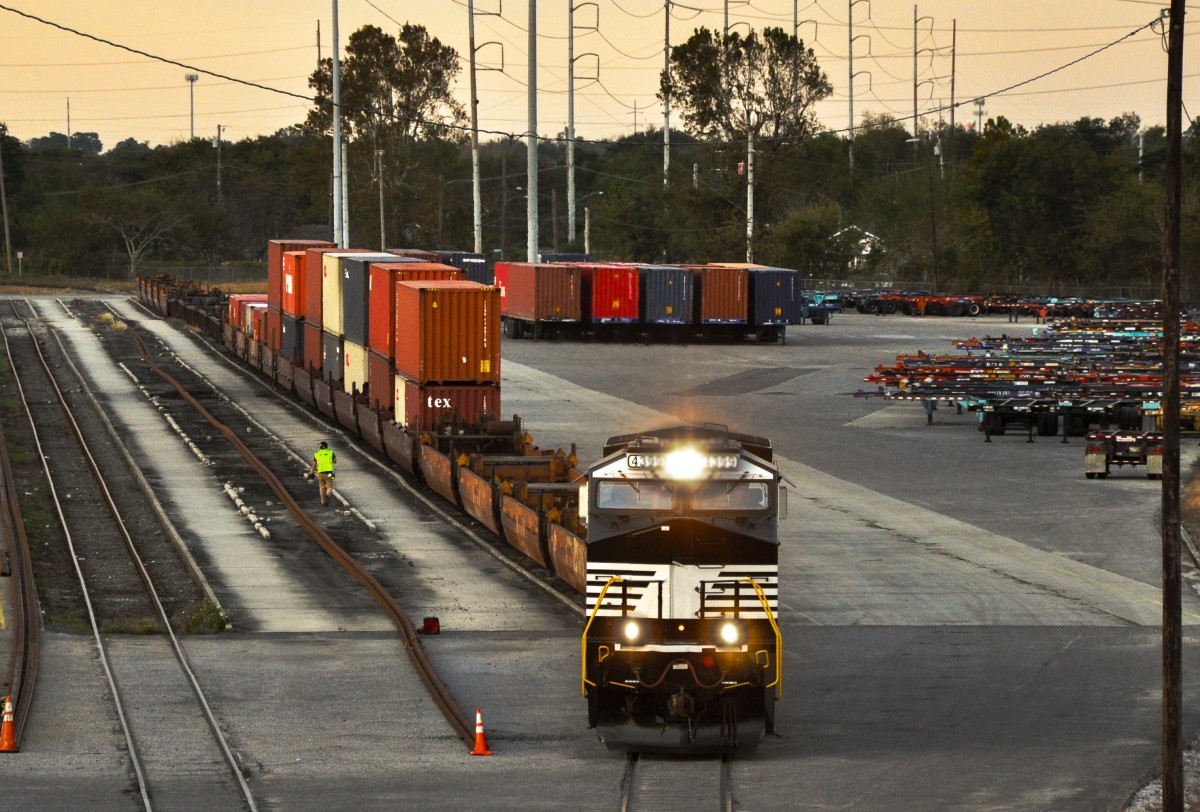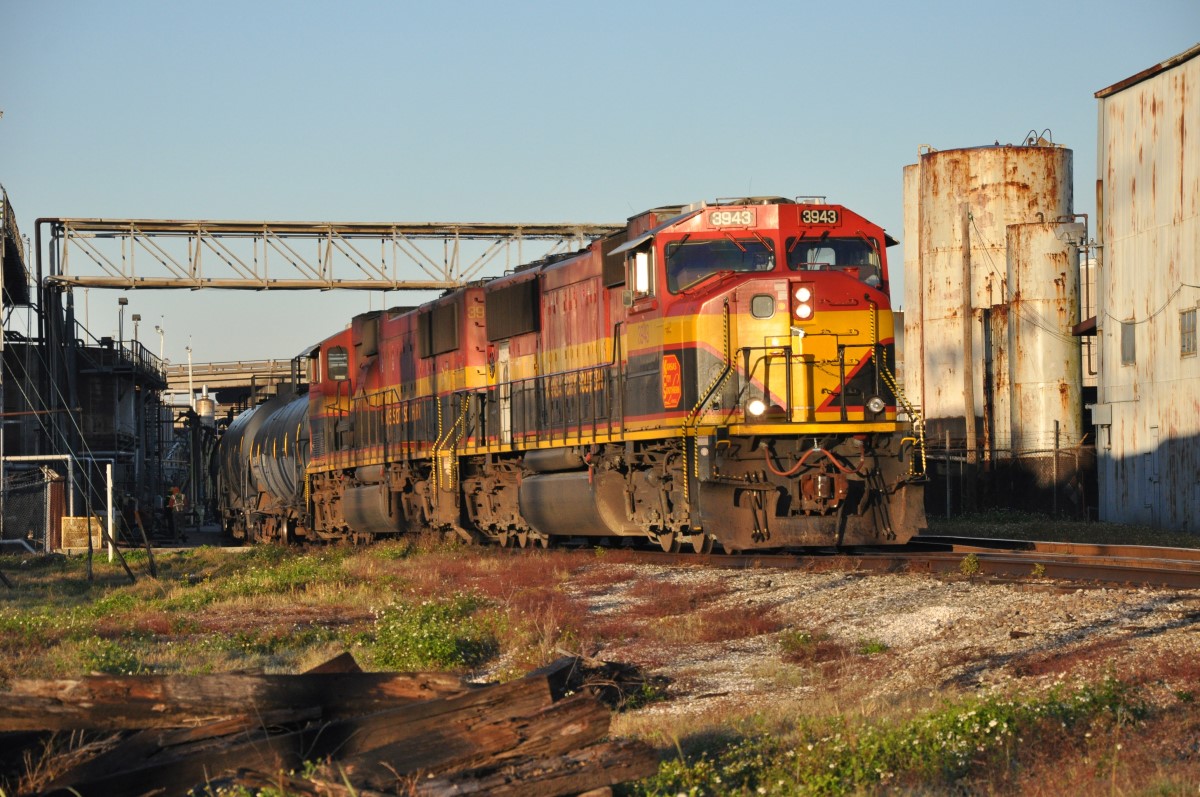COVID-19 highlighted just how vulnerable global supply chains are. The whipsaw effect, where the virus initially shut down demand in some products while simultaneously increasing demand for items such as masks, home office furniture, and paper towels stressed a global supply chain that was built to deliver low-cost transportation, not resilience.
The number of container ships waiting at anchor for a berth at the Port of Long Beach and the Port of Los Angeles has been higher and the lasted longer for COVID-19 than a 2015 West Coast labor disruption, according to an analysis of data from the Marine Exchange of Southern California conducted by American Shipper magazine.
Those pile-ups of ocean freight tend to have a domino effect on rail shipments as the bottle-necks cascade further inland. As the trucking industry tries to cope with driver shortages, new hours of service regulations, and increased demand due to e-commerce adoption, more pressure is likely to be placed on the rail system to fill the gaps.


